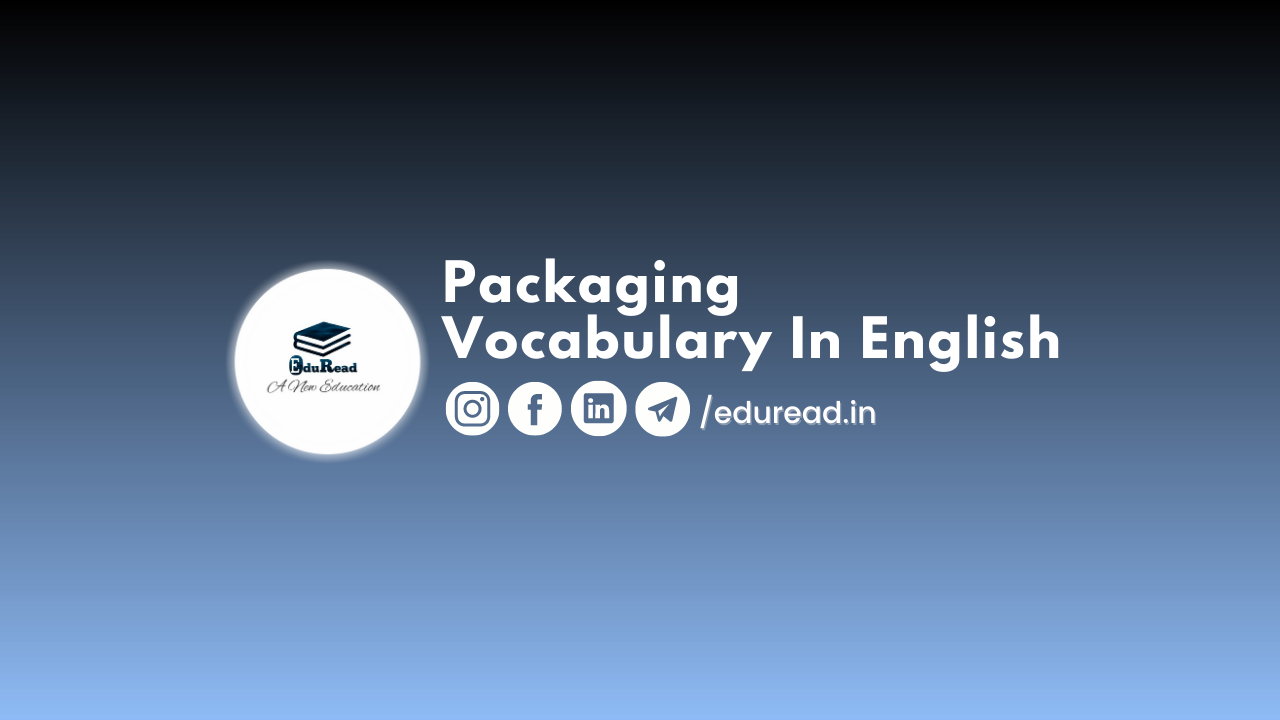If you’re new to the world of packaging, you may find the vocabulary a bit overwhelming. However, understanding packaging terminology is crucial to effectively communicating with suppliers, manufacturers, and customers. In this blog post, we’ll cover some basic packaging vocabulary for beginners in English.
Types of Packaging
Packaging can come in many different forms. Here are some common types of packaging:
- Boxes – A container made of cardboard, used to hold and transport products.
- Bags – A flexible container made of paper or plastic, used to hold products.
- Bottles – A container made of glass or plastic, used to hold liquids.
- Jars – A container made of glass or plastic, used to hold food products.
- Pouches – A flexible container made of plastic, used to hold small items like snacks or liquids.
- Tubes – A container made of plastic or metal, used to hold products like toothpaste or cosmetics.
Packaging Materials
Packaging can be made from a variety of materials. Here are some common materials used in packaging:
- Cardboard – A thick paper material used to make boxes.
- Plastic – A synthetic material that is lightweight and durable, commonly used for bags, bottles, and pouches.
- Glass – A transparent material that is commonly used for bottles and jars.
- Metal – A durable material that is commonly used for cans and tubes.
Packaging Terminology
Here are some packaging terms you may encounter:
- Label – A piece of paper or plastic attached to a package that provides information about the product inside.
- Shrink Wrap – A plastic film wrapped around a product to protect it from damage.
- Tamper-Evident – Packaging that has a seal or label that indicates if it has been opened or tampered with.
- Bar Code – A series of lines and spaces that can be scanned to identify a product.
- Sustainability – Packaging that is designed to be environmentally friendly, often made from recycled materials.
- Biodegradable – Packaging that is capable of being decomposed by bacteria or other natural means.
Packaging Design
Packaging design is an important aspect of the packaging industry. Here are some terms you may encounter:
- Graphics – The visual elements on packaging, such as logos, text, and images.
- Die-Cut – A process that cuts paper or cardboard into a specific shape.
- Branding – The process of creating a unique image or identity for a product or company.
- Prototype – A sample of a product or package created to test its design and functionality.
Packaging Machinery
Packaging machinery is used to automate the packaging process. Here are some terms you may encounter:
- Conveyor – A machine that moves products from one place to another.
- Filling Machine – A machine used to fill containers with products, such as liquids or powders.
- Sealing Machine – A machine used to seal packages, such as bags or pouches.
- Labeling Machine – A machine used to apply labels to packages.
Conclusion
Packaging vocabulary can be complex, but understanding basic terminology is essential for effective communication in the packaging industry. Whether you’re a beginner or an experienced professional, having a solid grasp of packaging terminology will help you navigate the industry with confidence. So go ahead and use this vocabulary to impress your colleagues and make your mark in the packaging world.
Follow Us for more such content to improve your speaking skills:
To know more, check out here: https://eduread.in/strategies-to-speak-english-fast-and-understand-speak-new-york/
And visit us for more.
